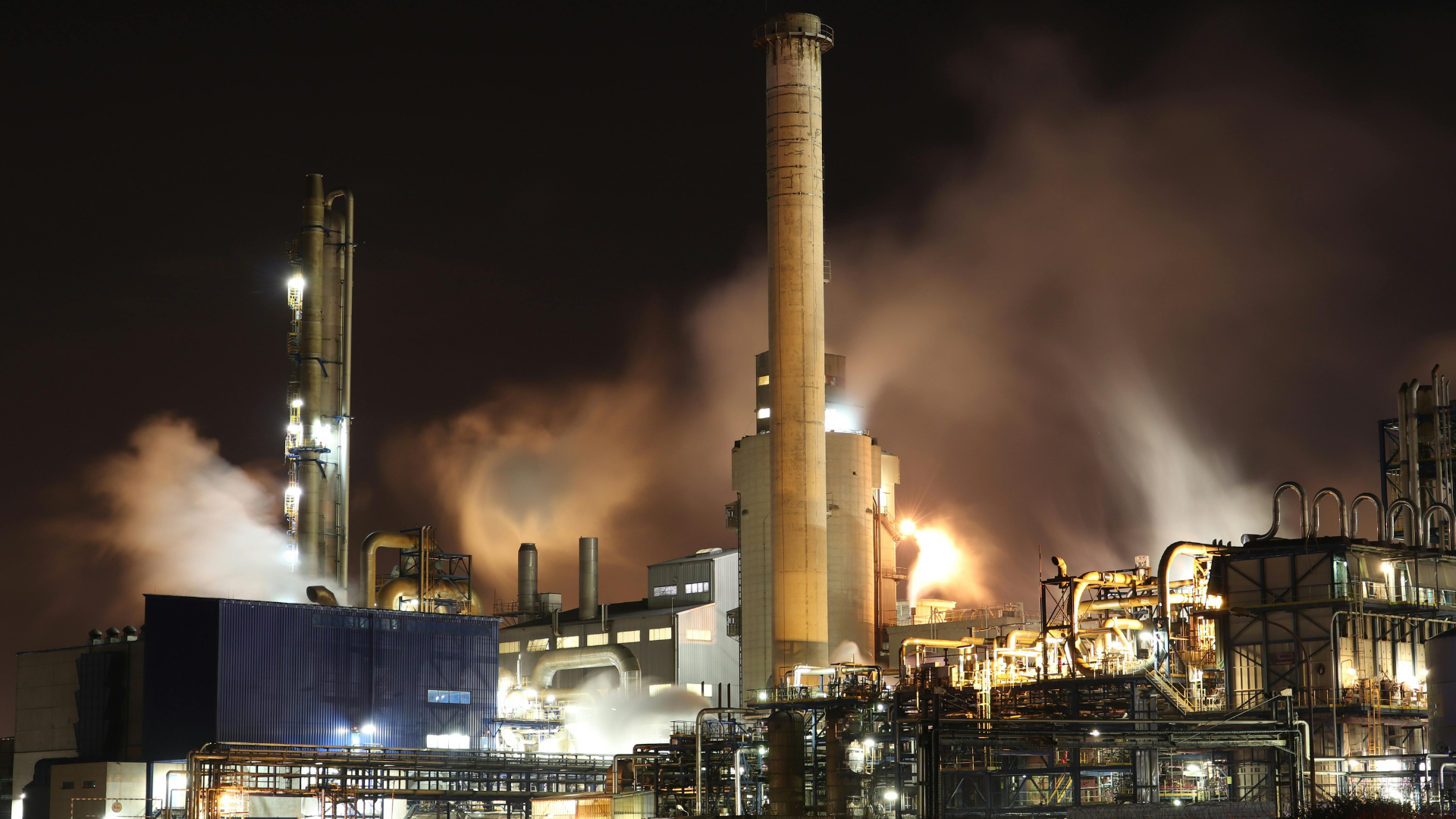This April, natural gas prices surged to their highest levels since September 2008, reaching $8.05/MMBTU, a concern not only to businesses dependent on natural gas, but also all large energy users and buyers, as natural gas is a leading indicator of electricity prices.
While the narrative around these recent highs tends to center on Russia’s invasion of the Ukraine – the war there is certainly a contributing factor – what energy buyers need to understand, and likely don’t want to hear, but must, is that these highs aren’t abnormal. They aren’t even the new normal. They’re just normal. It’s what you do about them that it is important.
Let me explain.
The recent all-time market lows of 2020 were an anomaly, the sum of the natural gas fracking boom, a succession of warm winters, and reduced demand caused by the Covid-19 pandemic. Simply put, it was a perfect storm of cumulative downward pricing pressure, or, put another way, an awesome time to enter into a long-term energy contract, something we encouraged our customers to do en masse.
While it was an awesome time to buy, 2020 serves as an abysmally bad reference point for your thinking about what energy should cost and how you should think about your energy budget and needs going forward. It’s a lot like mortgage rates. Yes, for a while there, you could get a 30-year fixed-rate mortgage for 3% interest or less. But interest rates on mortgages used to be in the double digits – and remained there for decades. Now that they have shot past 5%, it’s easy to fall into a “mortgage rates have doubled” mentality, when really they are returning to normal.
I say this, because it is important for your business’ mental and fiscal health to stop thinking of your last energy contract, likely the lowest-priced one in your history, as the “rate to compare” for energy budget planning. Those prices were a shooting star, not the north star.
Gas, oil, electricity, and natural gas all have loooooooong histories, and with those histories a lot of volatility. That’s what’s normal, not that one point in time in 2020 or the short time leading up to it.
A Disturbance in the Force
What isn’t normal, however, is the constellation of forces today that are threatening to keep natural gas and electricity prices high. Usually around this time, I’d be in a position to offer you the comfort of “the shoulder months,” the time between high heating demand and the advent of “air-conditioning season,” i.e. the Spring months when prices usually tick down.
Unfortunately, this year is different. Here are some of the reasons that looked-for relief is likely not going to happen:
- The war in Ukraine. You’ve likely read a ton about this already. From an energy perspective, war creates uncertainty, and energy markets hate that, and price accordingly. Also, Russia is a major producer of fossil fuels, and the war, and the world’s reaction to it (“saying no” to Russian fuel), is adding to upward energy price pressures.
- U.S. LNG exports. While the natural gas market isn’t as global as that of oil, it is getting there, and the market dynamics are pushing U.S. prices up, but not for the reasons you may be thinking. As EU countries and the rest of the world try to wean themselves off Russian natural gas, they are looking to the U.S. to fill the gap. U.S. LNG exports, already on the rise, are accelerating, drawn to prices 10X or higher abroad than here domestically. That kind of dynamic means less natural gas here in the U.S., higher cost to fuel natural-gas burning power plants, and thus higher electricity prices.
- Natural gas as “bridge fuel” to sustainability. My colleagues and I have written extensively about the market and weather forces driving natural gas prices higher, including those mentioned above, reduced rig counts, and the use of natural gas a “bridge fuel” to a renewable-energy-based economy. What we haven’t written about is a fundamental change happening at utilities, which brings me to my next point.
- Massive utility investment in renewable energy and resiliency. We sometimes gloss over the role of utilities in power and natural gas pricing, but they are central to it, and there is a once-in-a-generation shift happening at the utility level that is contributing to high energy prices. Namely, utilities are making massive investments in renewable energy to meet their own climate pledges and local, state, and federal mandates. At the same time, climate change is unleashing never-before-seen levels of weather-related ravages on the grid, including wildfires, storms, and flooding, prompting utilities to make multi-billion dollar investments in grid-hardening, i.e., resiliency measures. Major investments in renewables and resiliency translates into higher rate cases for all users of energy, including large businesses.
I could go on, but you get the point. Picture energy prices as a scale – like the one held by the hand of justice – with low energy prices on the left and high on the right. Today, the hand of the market is pushing down on the right, and doesn’t look like it will be letting up any time soon.
Act Accordingly
As always, at Transparent Energy we are interested in educating energy buyers – and the channel partners and associations that often help them – on the forces shaping energy prices and the near-, medium-, and long-term consequences of those forces. But we always do so in service of helping businesses act appropriately. In that spirit, here’s a short list of suggestions to help you procure wisely in today’s market:
- Work with a pro. Buying energy for your business is many things, but it is fundamentally an exercise in risk management. Don’t go it alone. Energy is volatile, and for energy-intensive businesses, a top operational expense. Work with a company that specializes in energy procurement, not an all in one shop just as interested in swapping out your light bulbs, or a paper-based shop that works with three suppliers and divvies up his or her business between them.
- Work with a pro with a process. There are a lot of “smart” people in energy, but buying effectively in the market takes more than smarts, it also takes a process. Does your energy consultant or broker increase the pool of suppliers bidding on your business? Do they have a process that forces suppliers to bid in real-time, ultra-competitive manner that drives down your price, and do they do so in a way that is 100% transparent to you?
- Work with a pro now, regardless of when your current energy contract expires. At a minimum, engage and learn where markets are now vs. where they are going in the near future. This allows you to manage risk by dealing with facts, so you can make an informed decision to act now or wait. At Transparent Energy, we have thousands of large energy buyer customers, companies, institutions, and building portfolio holders just like you, and we successfully moved a majority of them into long-term contracts (at much lower rates than today) when opportunities presented themselves. That’s because when you work with Transparent Energy, you have an always-on resource guiding you through the market every day. Today the availability of such an expert resource is worth its weight in gold.



